In the mountains, a good night's sleep is a strategy. On an expedition, rest is how you recover from altitude, rebuild strength, and make smart decisions when the weather turns. A proper sleep system (sleeping bag + pad working together) doesn’t just keep you warm. It preserves judgment, safety, and performance when the margin for error is razor-thin.
This guide walks through the modern mountain sleep system: how insulation works, what technology really matters, and how to manage warmth in places where “comfortable” means just enough heat to sleep through the storm.
The Logic Behind Sleeping Bags
Your sleeping bag’s job is simple: trap air and keep it there. Body heat warms the air inside the baffles, and the shell fabric keeps that air from escaping while blocking external moisture. In alpine environments, two things destroy efficiency: moisture and compression.
Moisture collapses insulation, reducing trapped air; compression crushes loft, removing that insulating layer entirely. The best bags balance weight, warmth, and resilience against both forces.
Field Insight: Most mountaineers find that moisture (not temperature) is what limits bag performance. A dry 0 °F feels warmer than a damp 20 °F. Managing humidity, snow melt, and condensation is as critical as the insulation type.
Technology Spotlight: Hydrophobic Down Coatings
To address moisture, some manufacturers treat down clusters with DWR coatings. These “hydrophobic down” systems (Nikwax®, HyperDRY®, etc.) delay moisture absorption and speed drying.
What It Means in Practice
- In humid or multi-day conditions, treated down stays loftier longer.
- Once saturated, however, it behaves like untreated down, performance drops sharply.
- Long-term field data show coatings may lose effectiveness after repeated wash cycles.
Verdict: Great for mixed-weather expeditions where drying opportunities are limited, but not a replacement for good camp ventilation and pad insulation.
Down vs. Synthetic Insulation
Both down and synthetic bags rely on trapped air, but how they achieve it and behave when wet is different.

Down
- Warmth-to-Weight: Unmatched efficiency.
- Compressibility: Packs smallest; ideal for alpine travel.
- Longevity: Can last decades with proper care.
- Weakness: Loses loft when wet; drying in the field is difficult.
Synthetic
- Moisture Resistance: Retains warmth when damp.
- Ease of Care: Simple to wash and dry.
- Durability: Fibers eventually mat down; shorter lifespan than high-end down.
- Bulk: Heavier and larger when packed.


Sustainability Note
Today’s premium bags use RDS-certified down, recycled shell fabrics, and PFAS-free water repellents. High-loft synthetics like Primaloft RISE and Climashield Apex narrow the weight gap, making synthetics more viable for cold, wet environments like Denali or the Cascades shoulder season.
| Characteristic | Down | Synthetic |
|---|---|---|
| Warmth-to-Weight | Highest efficiency | Lower, but improving |
| Packability | Compresses small | Bulkier |
| Performance When Wet | Poor | Retains most warmth |
| Durability | Can last decades | Fibers degrade faster |
| Care | Requires delicate washing | Easy to wash/dry |
| Sustainability | RDS-certified down available | Often recycled |
| Best Use | Cold, dry conditions | Damp, unpredictable weather |
Quilts
What They Are
Quilts are minimalist top-insulation systems—essentially the upper half of a sleeping bag without the hood or underside insulation (the part usually compressed beneath you). They’ve exploded in popularity for ultralight backpacking.
Why They’re Popular
- Save weight by removing unused underside fill.
- Allow easy temperature regulation.
- Offer flexibility for mild conditions.
Why They’re Rare in Mountaineering
Quilts rely on your sleeping pad for complete insulation and depend on a tight edge seal to prevent drafts. In cold, windy, or humid alpine environments, that’s a liability. Even a small gap can vent critical warmth without a hood or full draft collar.
Verdict: Excellent for dry, low-altitude summer objectives. For high mountains, cold bivies, or tent-bound days, a full sleeping bag remains far more reliable.
Temperature Ratings
Temperature ratings are guidelines—not guarantees. They’re based on lab tests (EN / ISO 23537) that assume ideal conditions and a warm pad underneath. Real-world performance depends on altitude, shelter, humidity, and individual metabolism.
Rating Terms
- Comfort: Average sleeper, relaxed position.
- Limit: Cold sleeper in curled position—common for mountaineering use.
- Extreme: Survival only.
Comfort vs. Survival
In mountaineering, “comfortable” often means functional warmth—you can rest, not luxuriate. Most climbers choose a bag rated 10–15 °F colder than expected overnight lows to account for altitude, humidity, and fatigue. “Extreme” ratings are marketing fiction; if you’re near that number, you’re surviving, not sleeping.
Peter Whittaker: "Prepare for the worst, hope for the best. That’s my
philosophy. I always go with a bag that’s 5-10 degrees
colder than the anticipated low temperatures. For me, the
extra ounces are worth it for a little more warmth and a
good night’s sleep."
| Environment / Climb | Typical Rating (°F) | Notes |
|---|---|---|
| Kilimanjaro | 15-30 °F | Mostly dry; prioritize comfort & weight. |
| Rainier / North Cascades | 0-15 °F | Balances warmth and packability. |
| Aconcagua | −10 °F | Cold, dry air; down performs well. |
| Denali | −20 °F to −40 °F | Synthetic or blend recommended. |
Sleeping Bag Features

Shell and Liner Fabrics
Modern bags use ultralight nylon ripstops with DWR finishes. PFAS-free coatings now dominate, requiring slightly more frequent re-treating but offering equal performance.
Baffle Design
- Box-baffles: Even warmth distribution; standard for high-end bags.
- Sewn-through: Lighter but colder at seams; best for mild climates.
Zippers & Collars
Look for draft tubes, anti-snag guards, and insulated hoods. These small details often define real-world warmth.
Technology Spotlight: Sustainable Construction
Recycled Pertex® shells, RDS-certified down, and solvent-free water repellents are now common. Sustainability rarely costs performance; in many models, it improves breathability and longevity.
Sleeping Bag Care & Maintenance
Proper maintenance extends warmth and lifespan. Dirt and body oils break down DWR coatings and clump fill.
At Home
- Use down-specific detergent (e.g., Nikwax Down Wash).
- Tumble-dry low with clean tennis balls to restore loft.
- Store loosely, never compressed.
In the Field
- Ventilate daily to reduce condensation.
- Dry bags over tents or rocks when the sun appears.
- Use liners to minimize grime and sweat buildup.
Why It Matters:
A clean, dry bag lofts higher—and warmer—than a dirty one of the same rating.
Sleeping Pads: The Other Half of the System
Your sleeping bag can’t insulate you from the ground—that’s the pad’s job. Even a zero-degree bag loses effectiveness if the ground draws heat away faster than the insulation can replace it.


Pad Types
- Foam Pads: Reliable, indestructible, lower R-values (~2).
- Self-Inflating Pads: Foam-core air pads; comfortable, R 3–5.
- Air Pads: Lightweight, compact, high R with reflective barriers (5 + possible).
| Pad Type | Warmth (R-Value) | Pros | Cons | Best Use |
|---|---|---|---|---|
| Closed-Cell Foam | 1.5 – 2.5 | Bombproof, light, cheap | Bulky, minimal comfort | Backup or combo layer |
| Self-Inflating Foam Core | 3 – 5 | Reliable warmth, cushioned | Heavier | Basecamp, cold backpacking |
| Air Pad w/ Reflective Core | 4 – 7+ | Lightest for warmth | Can puncture, needs care | Glacier or expedition climbs |
Understanding R-Value
R-value measures thermal resistance; the higher the R-value, the warmer it is.
The new ASTM F3340-18 standard allows direct comparison across brands.
For snow camping, an R ≥ 4.8 is baseline. Combining a foam pad (R 2) under an air pad (R 4) yields a total R ≈ 6—enough for most glacier conditions.
Field Note: A warm pad can compensate for a lighter bag, but the reverse rarely works.
Seth Waterfall: "Inflatables are now much warmer than foam and the sleeping pad is about equal with the bag as far as what
keeps you warm when sleeping on snow."
Technology Spotlight: Internal Heat Reflection
High-R air pads achieve their warmth through thickness and radiant heat reflection. Thin aluminized films or Mylar layers bounce infrared radiation back toward the body, adding up to one R-value without extra foam.
Trade-Offs:
- Some pads crinkle or delaminate over years of use.
- Efficiency decreases slightly if layered beneath dense foam (the foam absorbs heat first).
Protective Layers: Bivy Sacks, Liners, and Over-Bags
A sleeping bag’s warmth can be extended—and its lifespan protected—by outer or inner layers that manage moisture and radiant loss.
Bivy Sacks
Water-resistant shells that block wind and spindrift, adding 5–10 °F of warmth.
Reflective or “emergency” bivys use mylar or foil coatings to reflect radiant heat—excellent for summit nights or sudden weather shifts, though prone to condensation.
Bag Liners
Silk or synthetic liners add 3–8 °F, keep the bag clean, and manage humidity. Fleece liners can boost warmth up to 10 °F but add bulk. Vapor-barrier liners (VBLs) prevent internal moisture on cold, multi-day expeditions. They are useful but clammy for most climbers.
Over-Bags
Light synthetic shells that slip over your primary bag, protecting down from frost and adding 10–15 °F of insulation. They’re valuable for long expeditions (Denali, Antarctica) where moisture accumulation is inevitable.
Field Insight:
Use protection layers when you can’t dry gear daily. Skip them in dry, high-pressure weather—extra shells can trap condensation faster than they add warmth.
Guide Tips for Sleeping Warm
Pre-Warm the Bag
Get warm before climbing in. Do 20 squats or push-ups, then slide into the bag while your heart rate is elevated. Your body is the furnace; the bag just traps the heat.
"Once I’m all tucked in and zipped up, I do a series of core exercises to get the blood moving and start the night off
toasty! "
Fuel and Hydrate
A calorie-rich snack—fatty foods like nuts or chocolate—burns slowly, sustaining warmth through the night. Hydration aids circulation; dehydration mimics cold.
Layer Intelligently
Wear dry base layers only. Too many clothes prevent the bag from lofting properly and trap moisture close to the skin.
Use Hot-Water Bottles
Fill a Nalgene with hot water, secure the lid, and place it between your thighs or under your feet. It can raise perceived warmth by 5–10 °F.
Pad Pairing
Combine pads for redundancy and warmth: foam on the bottom for puncture protection, inflatable on top for comfort.
Dave Hahn: "For cold places I use both a foam and an inflatable pad. My inflatable is so lightweight and compact these days that if I were only bringing one, I’d choose it over the foam."
Ventilate Strategically
If you wake damp, open the hood slightly—moisture management keeps you warmer over multi-night trips.
Rest Is Recovery
Warmth is safety, but rest is performance. Every night on the mountain is a recovery session for the next climb.
A dialed-in sleep system—bag, pad, and the habits that make them work—translates to more efficient movement, better judgment, and stronger days above camp.
Test your system before big climbs. Know how it feels at its limits. The mountains don’t care about temperature ratings, only preparation.



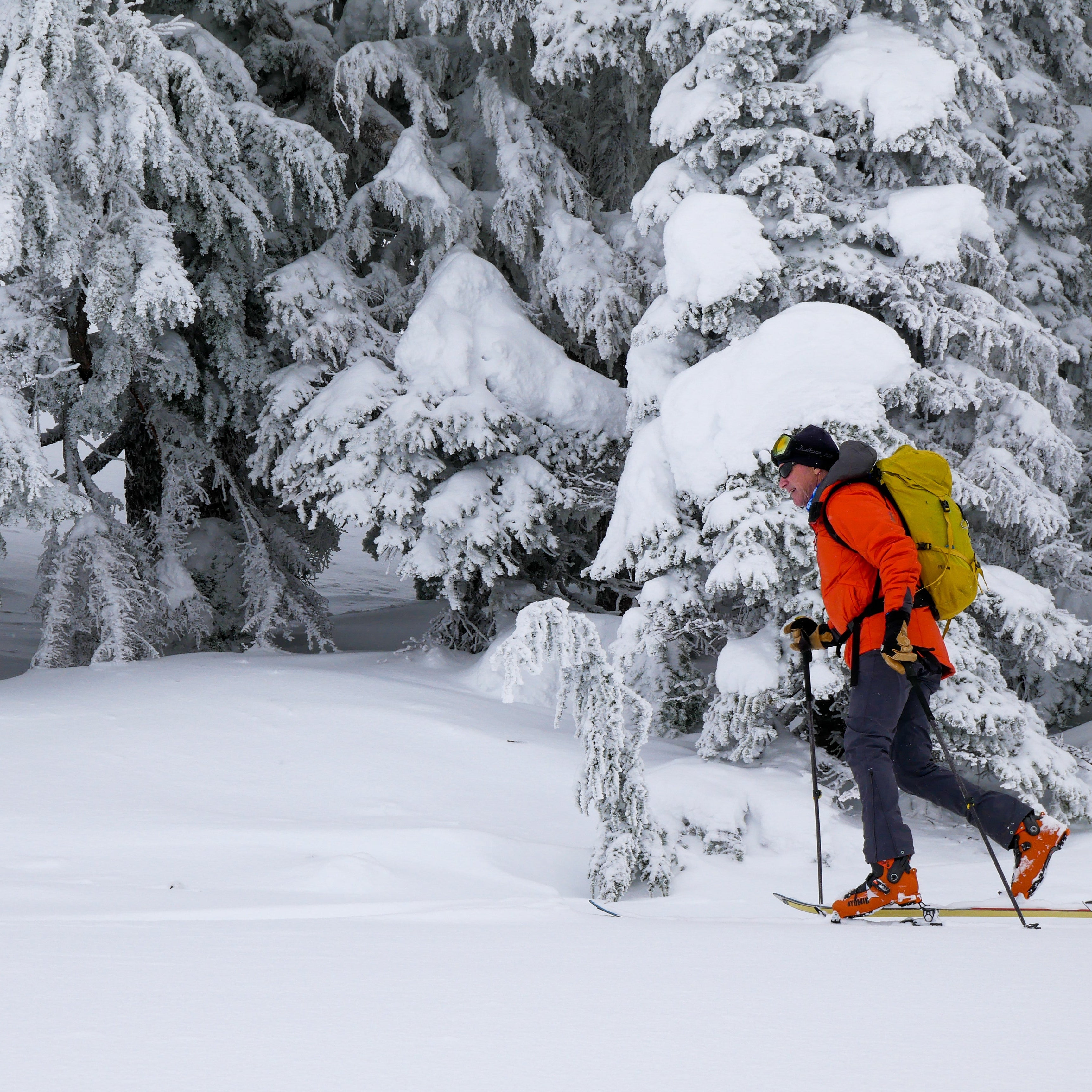
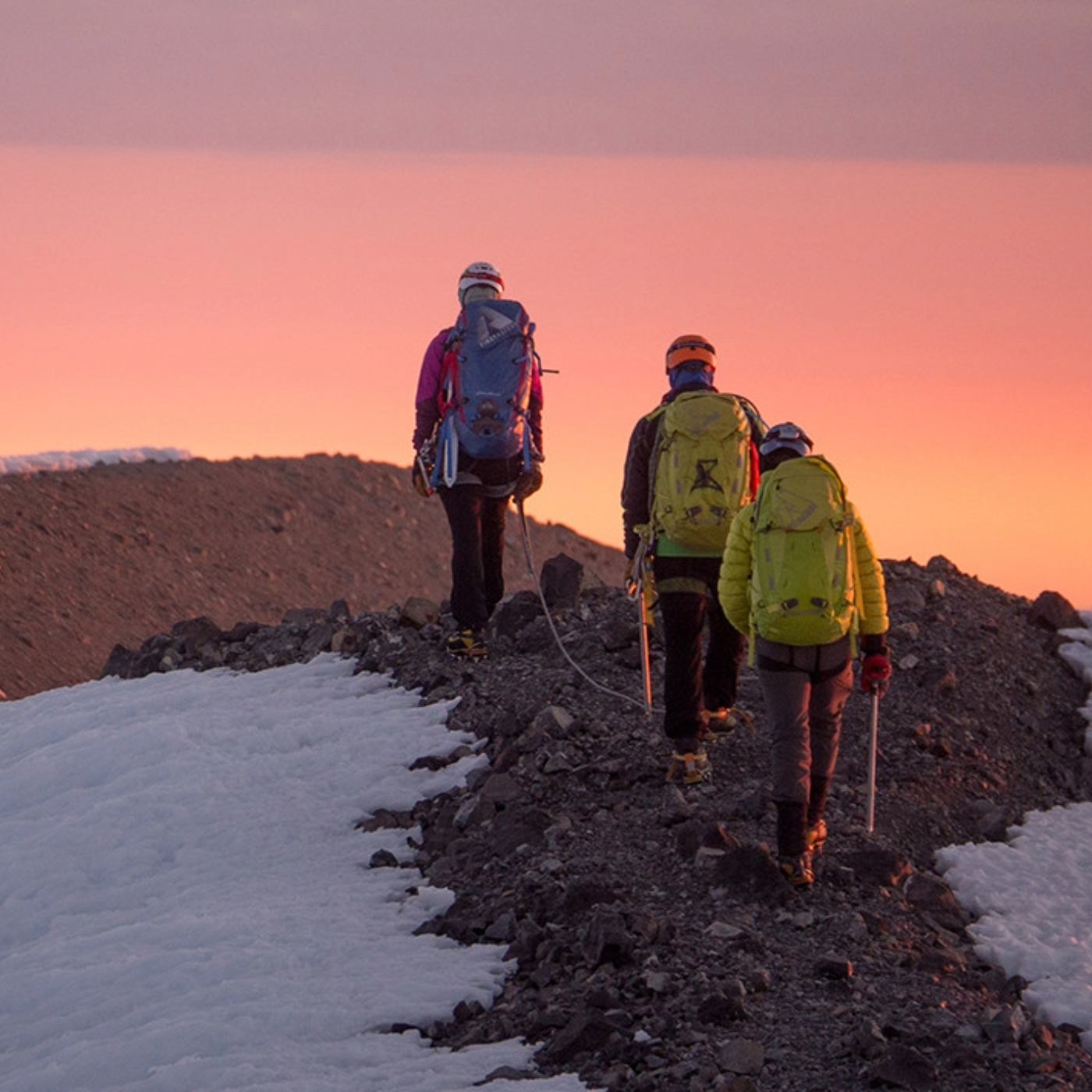
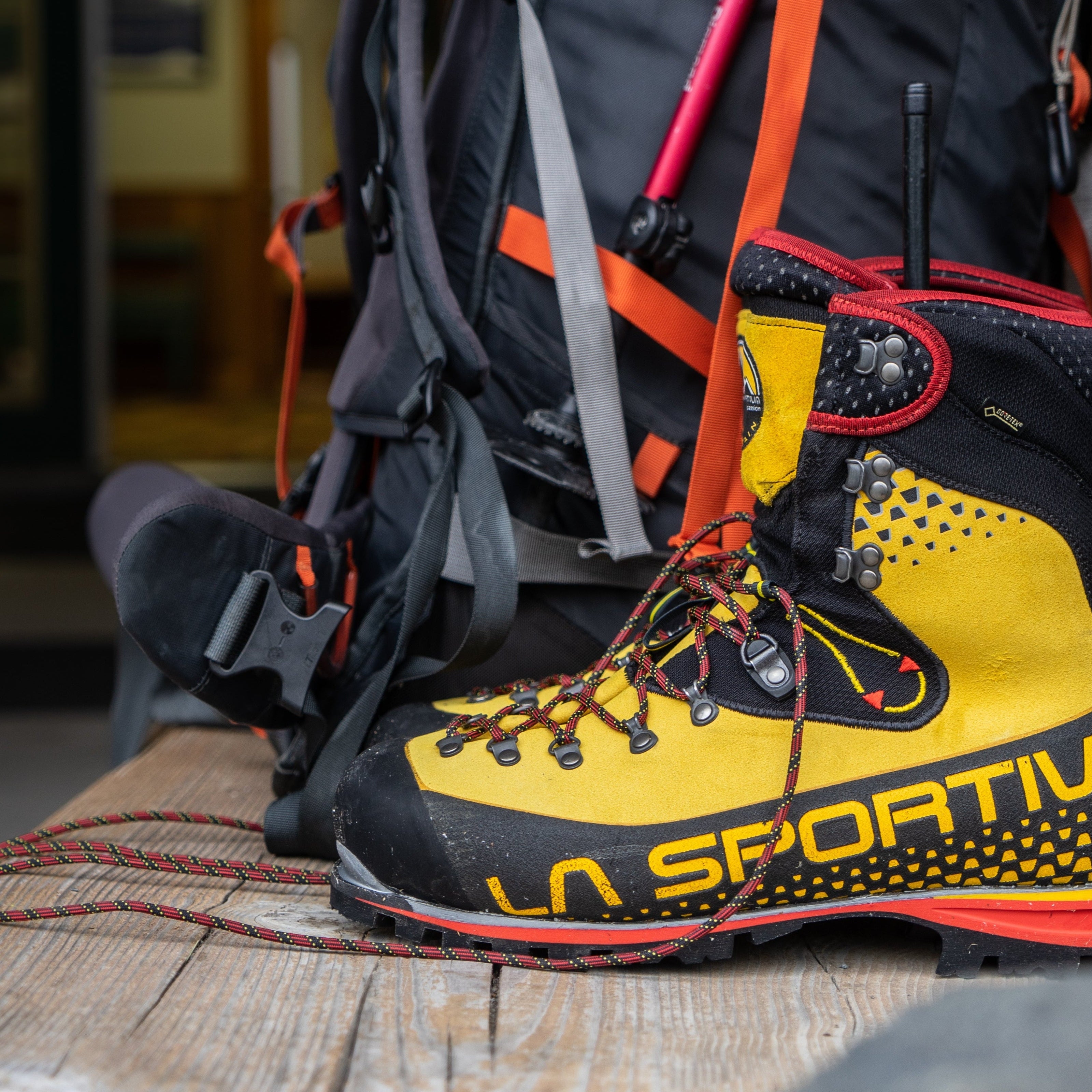
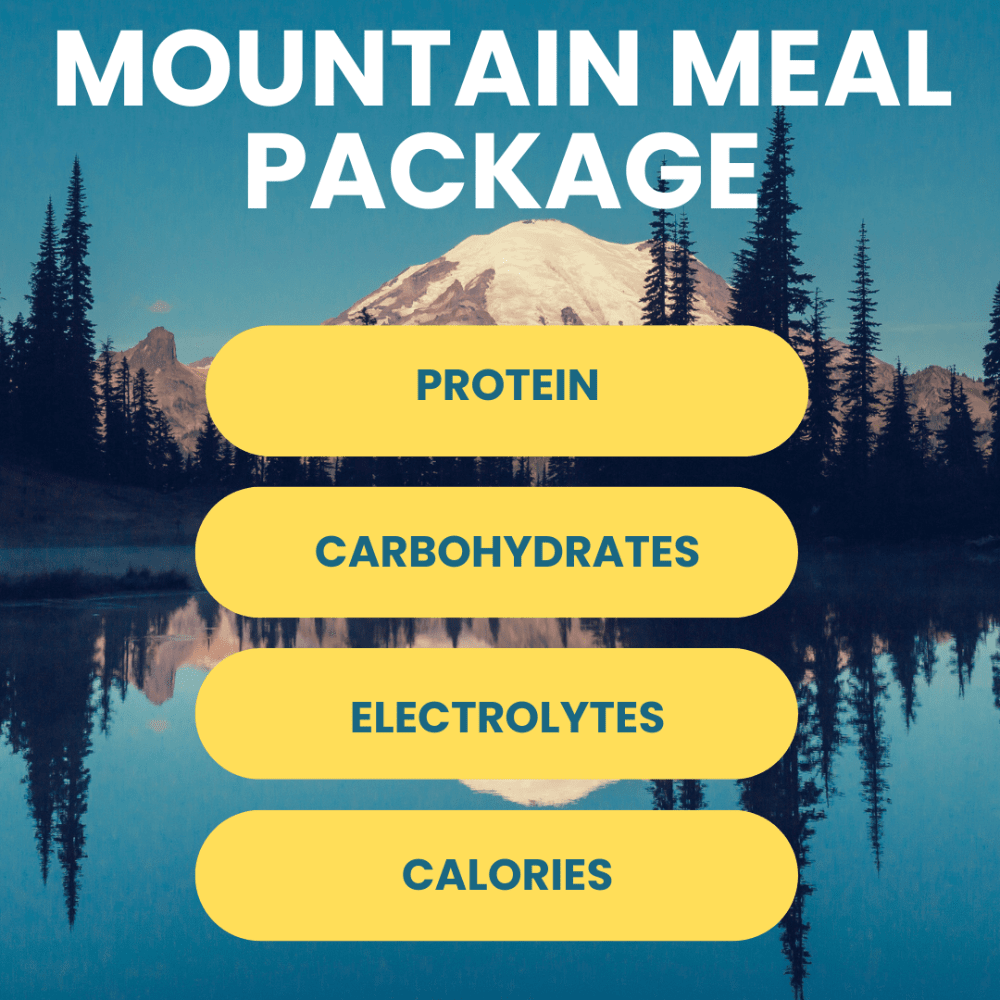
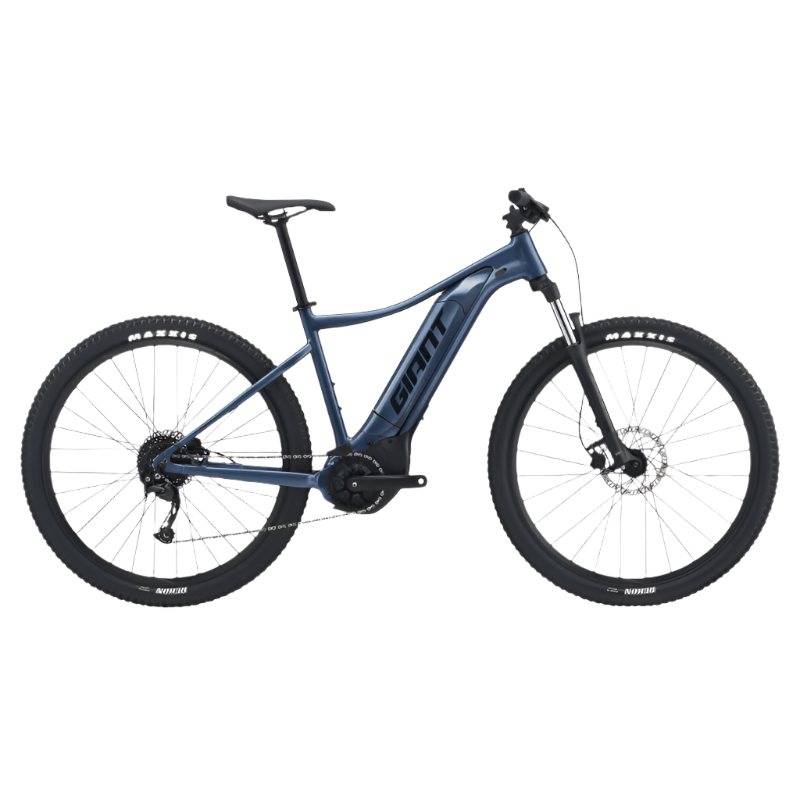
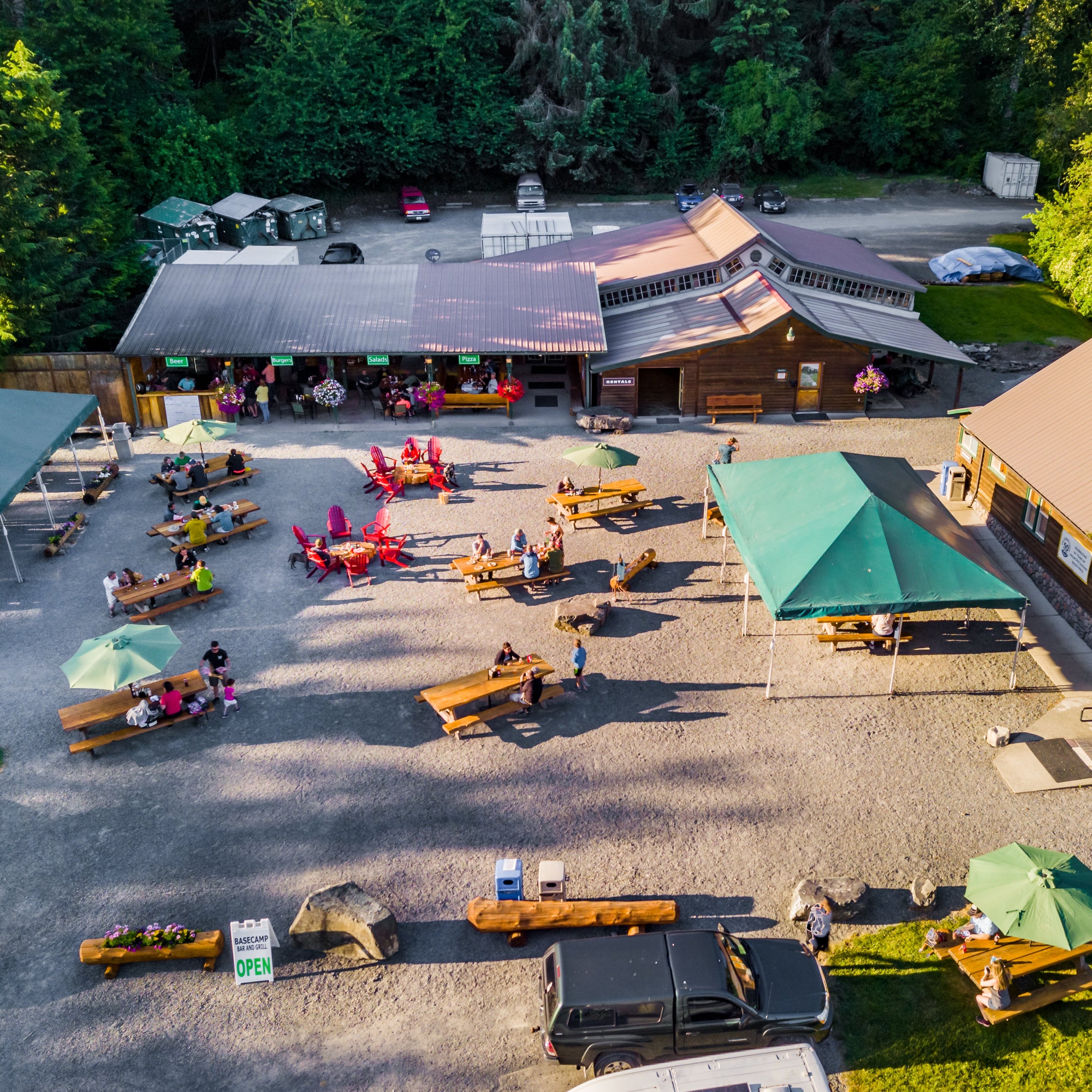

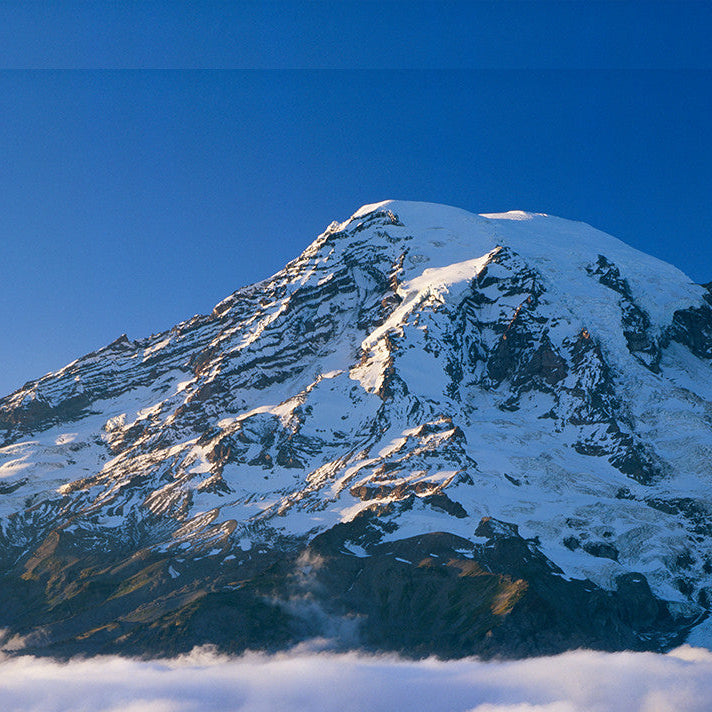
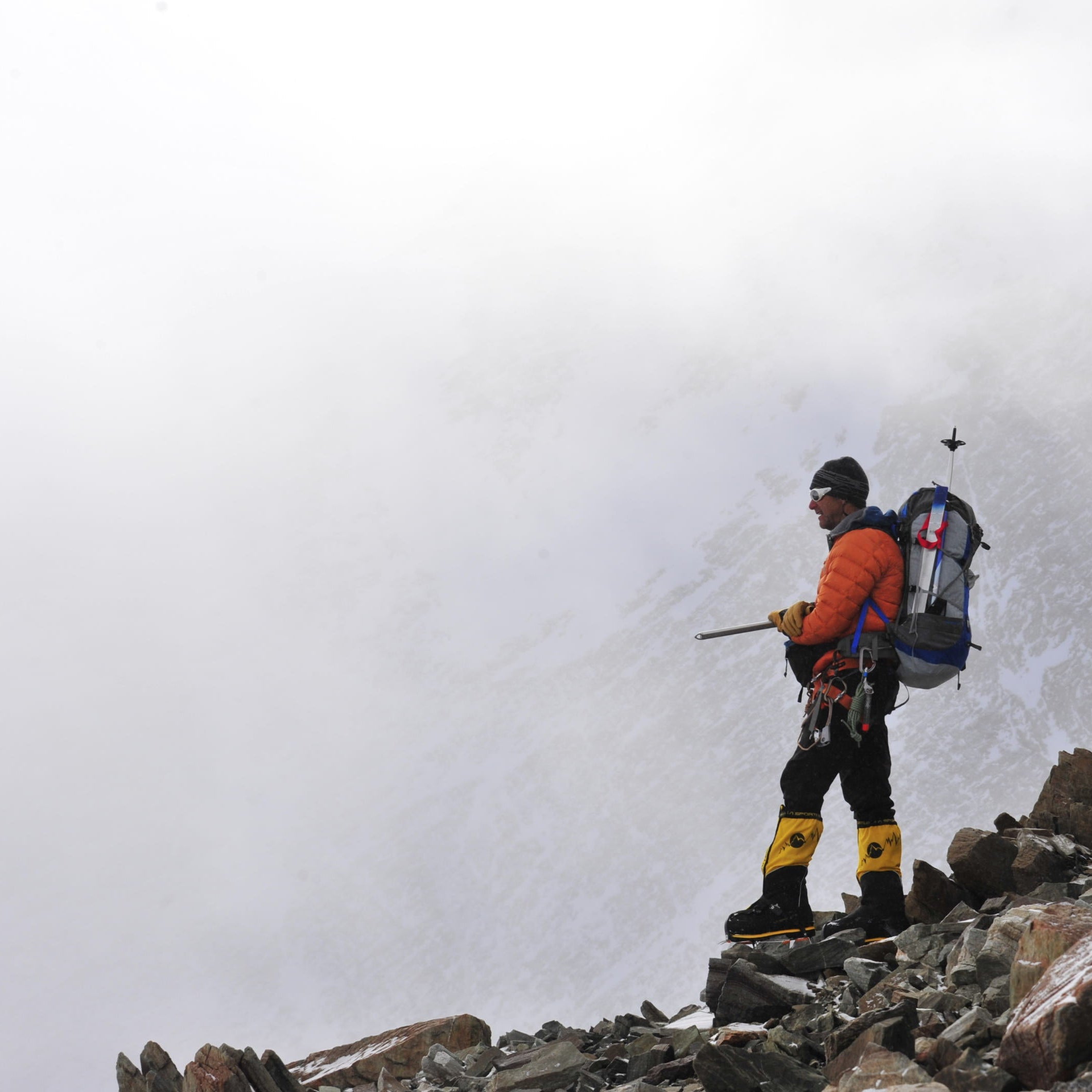
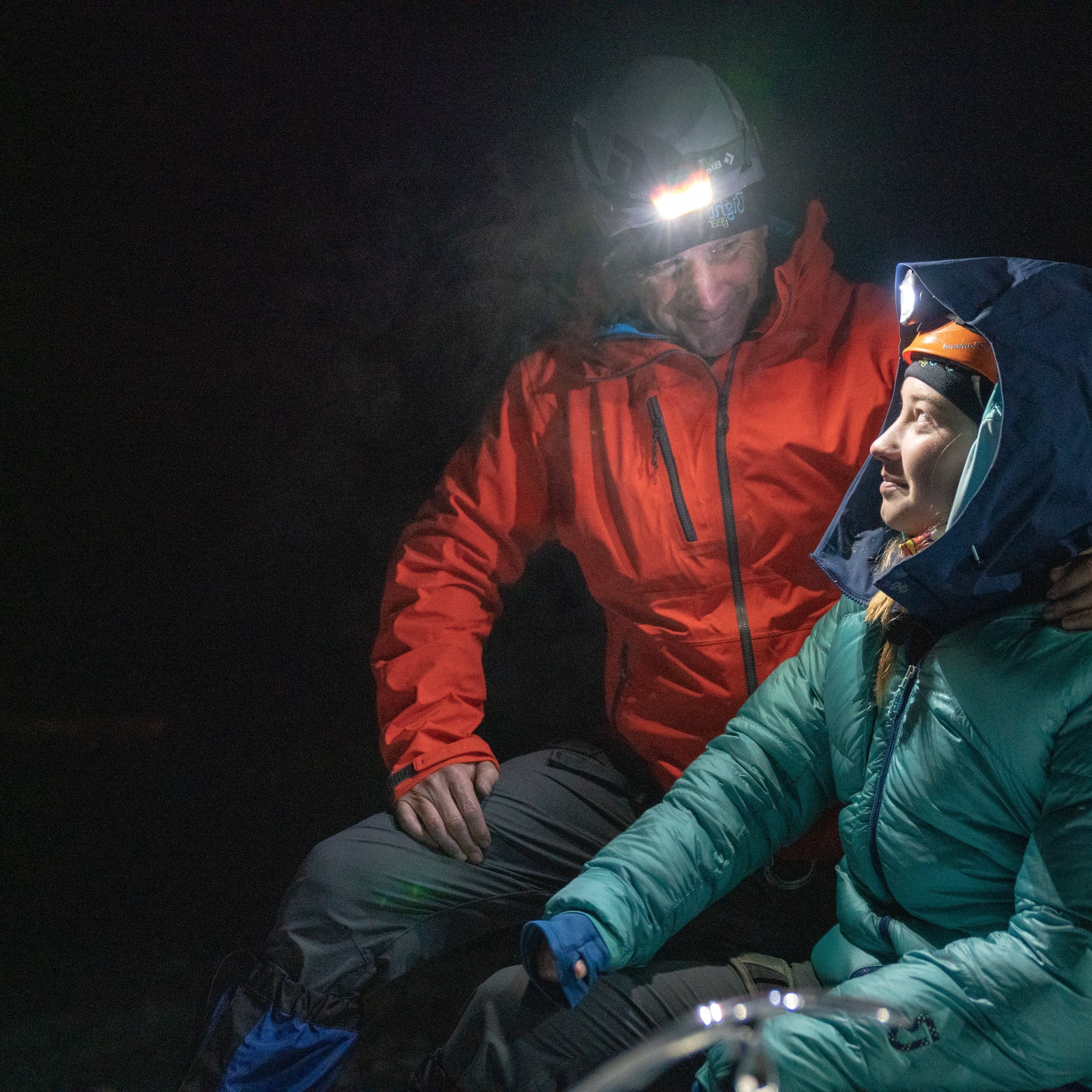

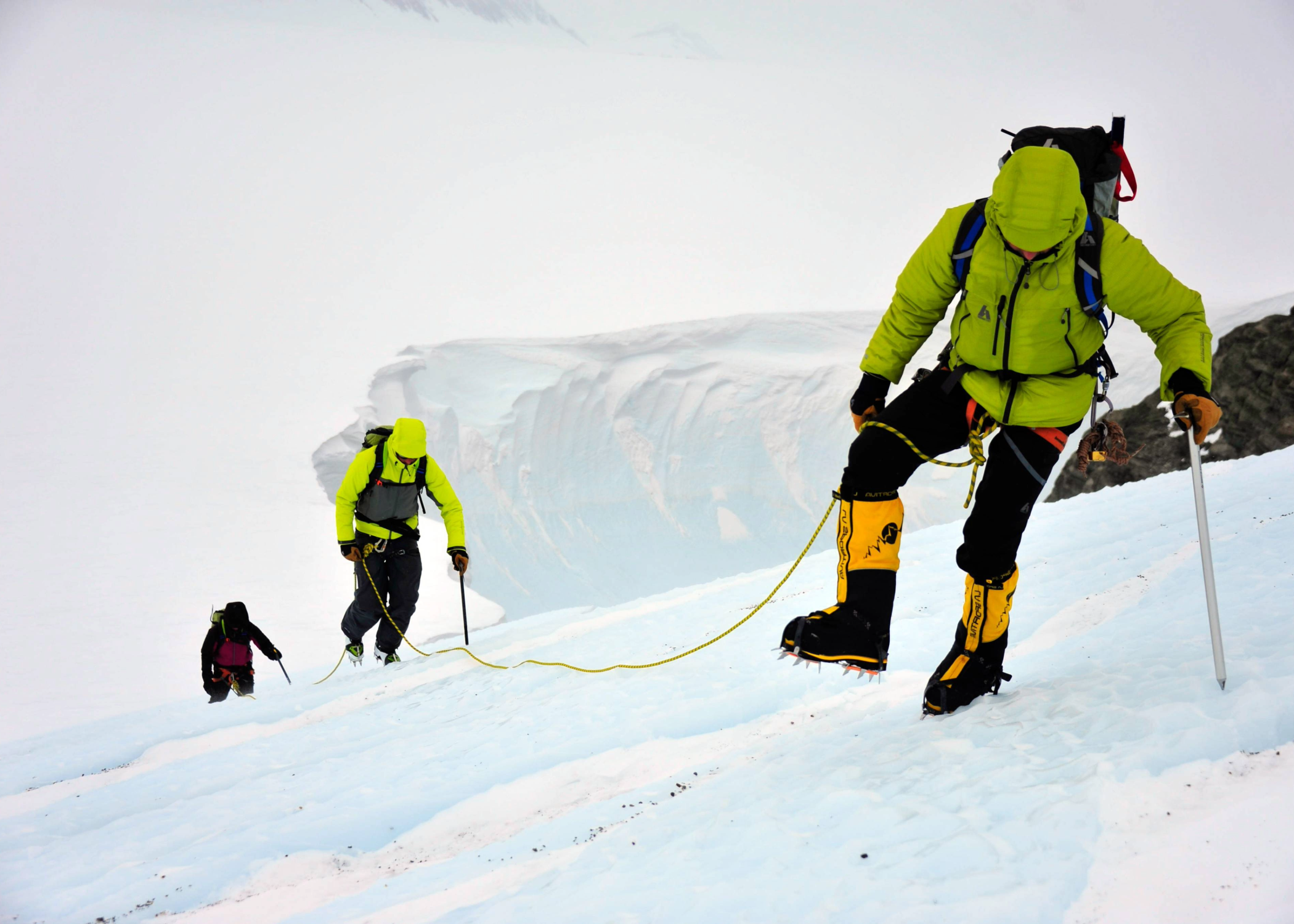
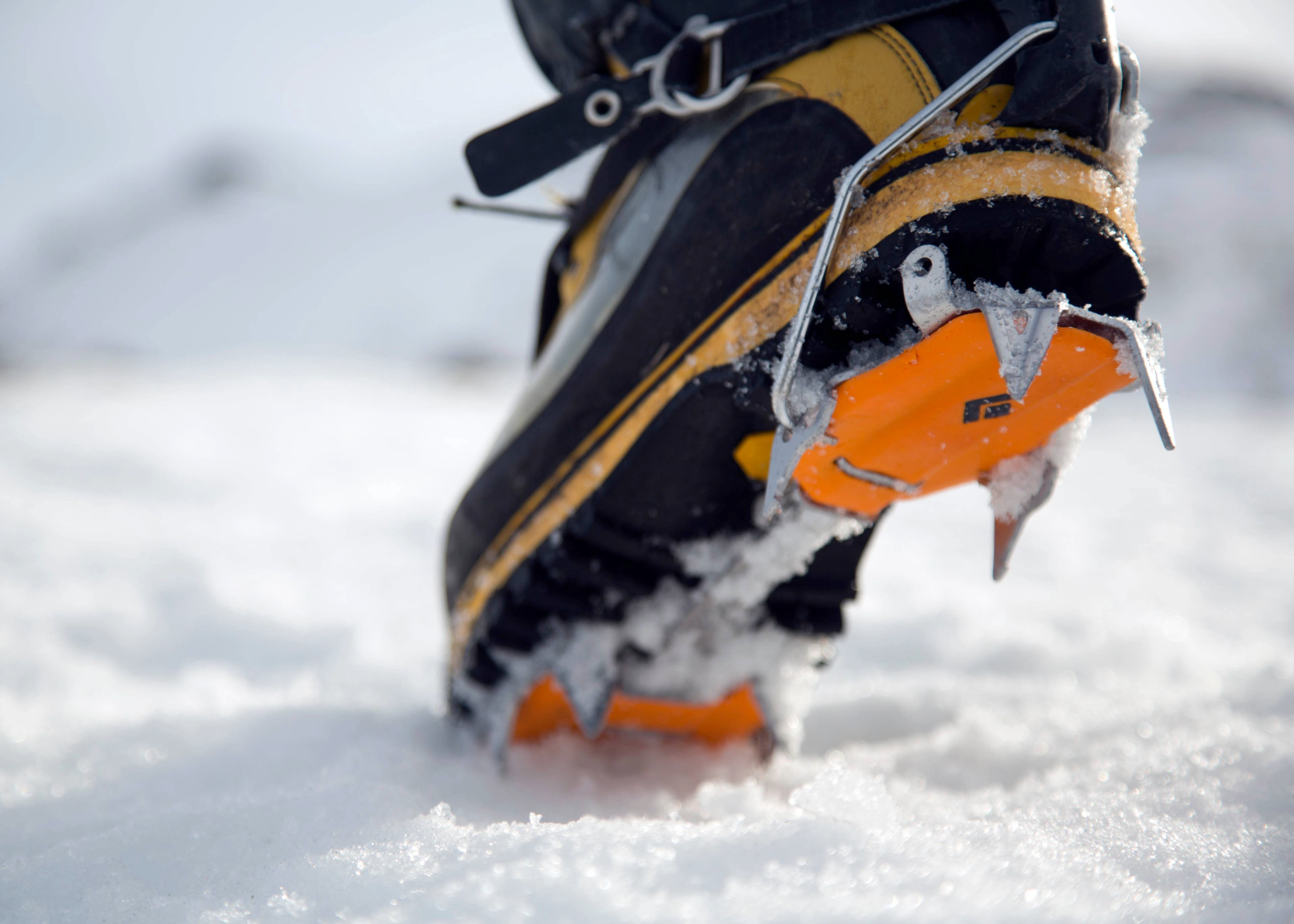
Leave a comment
All comments are moderated before being published.
This site is protected by hCaptcha and the hCaptcha Privacy Policy and Terms of Service apply.